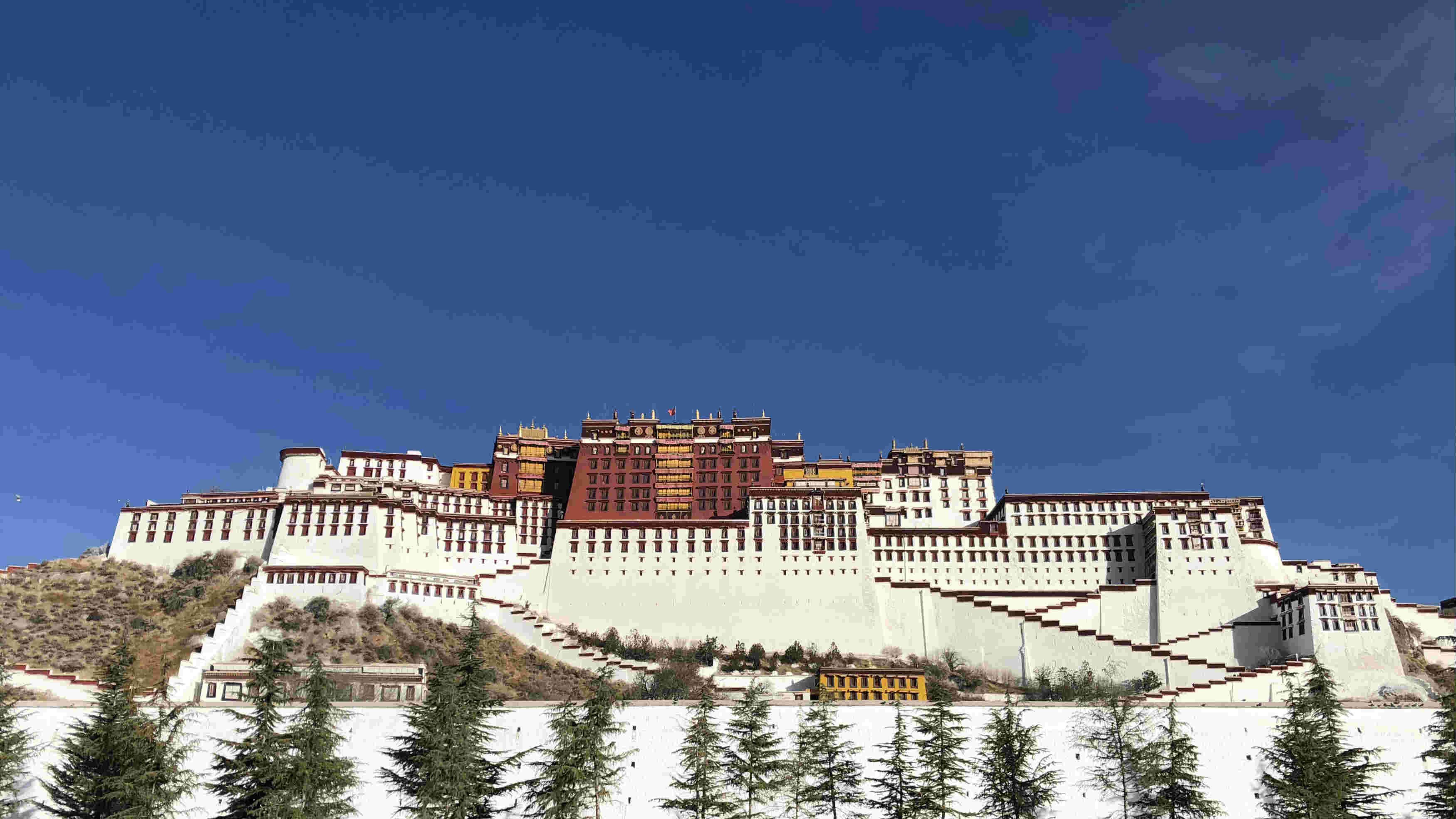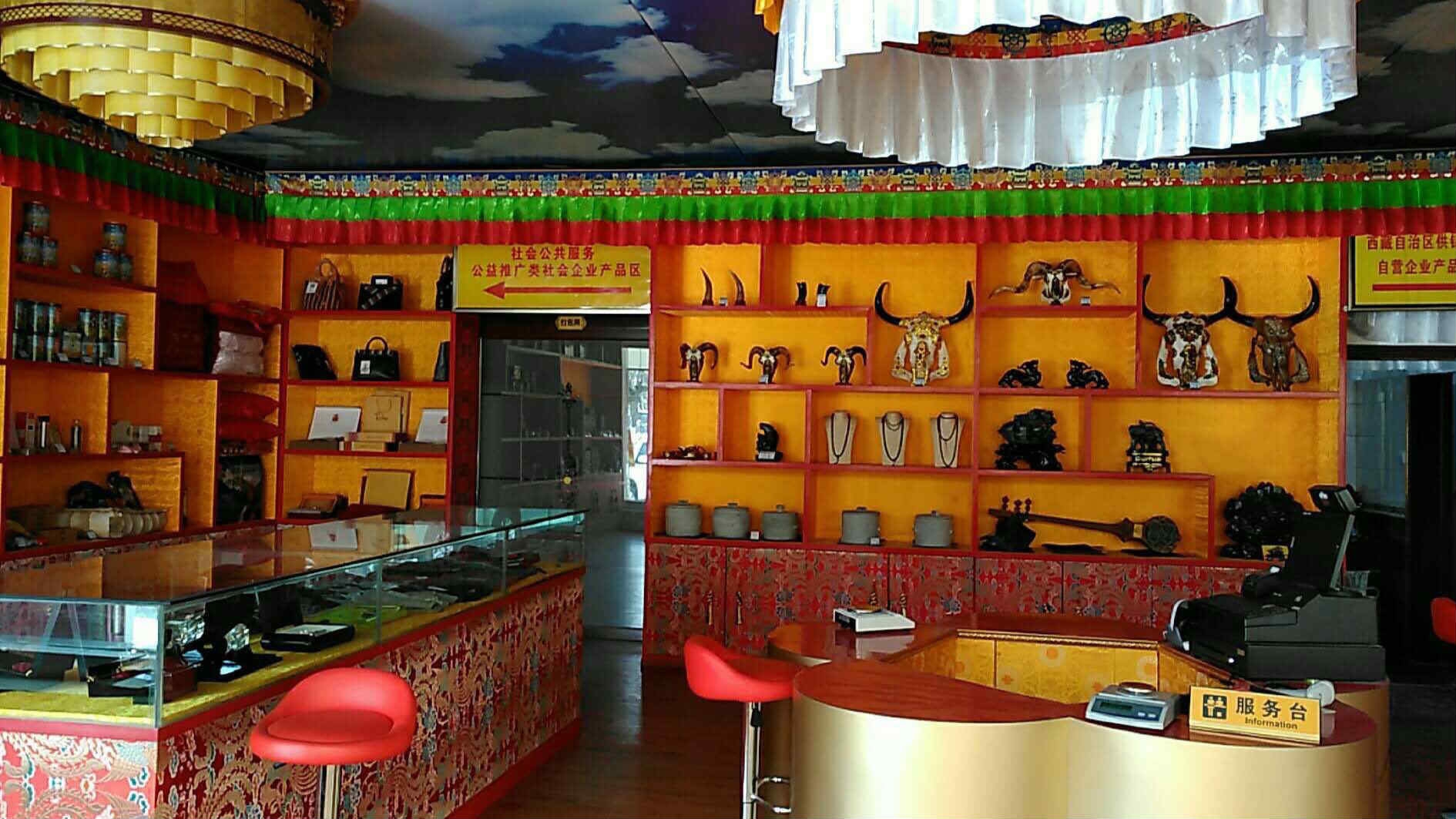
Business
08:23, 17-Dec-2017
Reporter’s Diary: Covering poverty relief in Tibet
Wang Zheng

My 14-day trip of covering poverty relief in Tibet has come to an end. During the two weeks, I and 40 other journalists traveled to Lhasa, Xigaze, Shannan, and Nyingchi. Because Tibet is so big, we had to travel on bus for a whole day sometimes to get from one place to another. It was tiring, but sometimes, it provokes thinking.

A man with altitude sickness breathes through oxygen pipes. / VCG Photo
A man with altitude sickness breathes through oxygen pipes. / VCG Photo
Altitude Sickness
The moment I knew that I'd be visiting Tibet, my first reaction was how to deal with altitude sickness. I was told to have medicine that contains Rhodiola rosea before the trip to ease the pain. So I did.
But it didn’t help that much. The moment I stepped out of the plane, I felt like fainting, with headache and nausea at the same time. Luckily I walked it off in a few minutes, but the pain returned and haunted me for at least three days.
I restrained myself from taking in too much oxygen from a bottle, because I don’t want to get addicted. Later, my driver told me that the best thing to ease altitude sickness is actually sugar rather than the medicine.
So for those who want to travel to Tibet, here’re some useful tips: Do bring or buy glucose drinks. Do drink a lot of fluid. And summer is the best time to visit the plateau. The oxygen is richer during summer and scenery is more beautiful.

Tibet Supply and Marketing Agency / CGTN Photo
Tibet Supply and Marketing Agency / CGTN Photo
Government’s role in poverty reduction
The government plays a crucial role in poverty alleviation. In the case of Tibet, the local governments need to role out polices targeting households with different situations, while providing all kinds of support to those in need as well.
Authorities make plan to help residents in poverty after thorough investigation. They need to decide whether to move households to a more suitable place or to help households land jobs by providing training.

Inside of Tibet Supply and Marketing Agency / CGTN Photo
Inside of Tibet Supply and Marketing Agency / CGTN Photo
Besides, the governments in Tibet provide all kinds of support to businesses and people to reduce poverty. As I have mentioned in the fourth episode of the series Poverty relief in Tibet, the government provide money directly to businesses to fund their development, while using financial leverage at the same time. Authorities also set up cooperatives to help find orders for businesses. For example, Tibet Supply and Marketing Agency, a subsidiary of the national agency, has launched a program to collect farm product from counties across Tibet and help farmers, collectors, herdsmen to find sales representatives. The agency plans to establish 50 stores across China to promote products from Tibet. Consumers are assured to find quality product with reasonable price there.

VCG Photo
VCG Photo
Balancing between stability and development
When I was traveling in Tibet, I didn’t notice any difference between Tibet and other provinces till I met with quite a few check points. Some required the passengers to get out of car and swipe ID cards to go by. I didn’t think much of it at first. But after talking to a local official, the thoughts on balancing between stability and development grew on me.
The official told me that tourism was robust in the summer of 2007, after Qinghai-Tibet railway was lunched. Hotel rooms were hardly available. But after violence erupted on March 14, 2008, tourism in the region plunged. People in the traveling business took a hit. He noted development was important, but there’s no development without stability.
His words made me think. I firmly believe everyone is entitled to live a good life. And it largely depends on the macro economy. That is to say, development should be a priority for governments. But, as the official pointed out, steady development cannot be realized if there’s no stable environment. Anyone knows a little economics know risk is not a friend of capital. So, in order to bring good life to the people, the government do need to create a stable environment.
2566km

SITEMAP
Copyright © 2018 CGTN. Beijing ICP prepared NO.16065310-3
Copyright © 2018 CGTN. Beijing ICP prepared NO.16065310-3